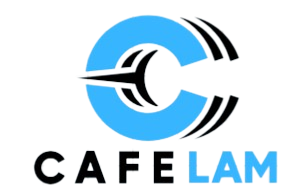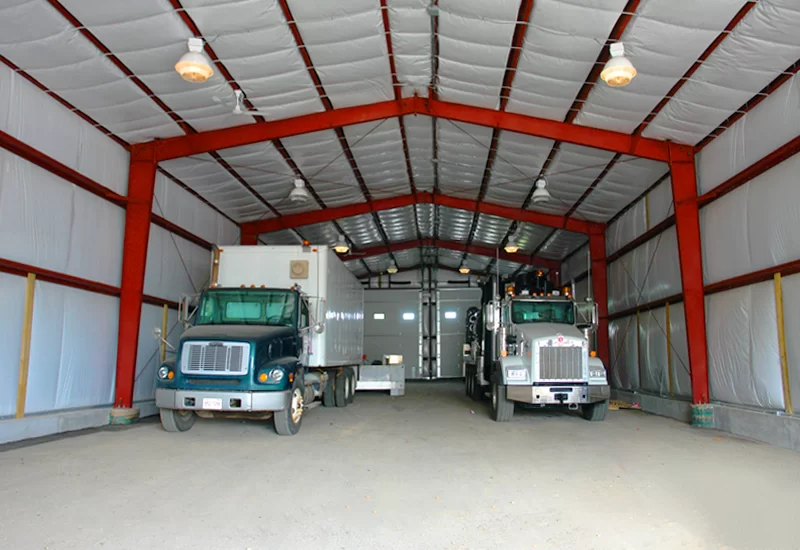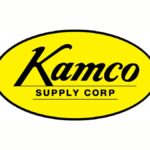Are you considering building a workshop that meets specific requirements? Metal workshops offer durability and flexibility for various projects. With the right considerations, designing one that suits unique needs is straightforward. Let us explore how to design a steel workshop that’s built for purpose.
Assess Your Space Requirements
Determining the size and layout of steel workshops is a crucial first step. Begin by evaluating the activities you’ll perform in the workshop and the equipment that will occupy the space. Larger machinery or extensive storage may require additional square footage, while smaller tools might fit comfortably in a more compact area.
Think about future expansion needs as well. If projects or equipment requirements might grow, planning for extra space can prevent costly additions later. Additionally, consider ceiling height if tall equipment or shelves are needed, as this can impact usability. The right dimensions will ensure a functional workspace, making daily tasks easier and more efficient.
Choose the Right Insulation and Climate Control
Insulation and climate control are essential for maintaining a comfortable and functional workshop environment. Proper insulation keeps the workshop cool in the summer and warm in the winter, enhancing productivity and protecting equipment from temperature fluctuations. There are various insulation options available, including spray foam, fibreglass, and insulated panels.
For workshops in extreme climates, consider adding heating or cooling systems to maintain stable temperatures year-round. These systems also help reduce condensation, which can prevent rust on tools and equipment. With insulation and climate control, the workshop becomes a comfortable space regardless of external weather conditions. By choosing the right climate options, you ensure the space remains usable and equipment stays protected.
Plan for Storage and Organization
Organizing the workshop’s interior is just as important as its overall design. Planning storage solutions can enhance efficiency and keep work areas clear. For example, adding shelving, cabinets, and tool racks can help store items in a systematic way, reducing time spent searching for tools.
Here are some storage options to consider:
- Overhead storage for items not frequently used
- Tool racks for easy access to hand tools
- Wall-mounted shelves for lightweight storage
- Cabinets to keep small parts organized
- Mobile carts for flexibility in tool access
- Dedicated storage for safety equipment
- Workbenches with built-in storage drawers
Include Proper Lighting and Electrical Outlets
Good lighting and sufficient electrical outlets are essential for a productive and safe workspace. Bright, even lighting helps prevent eye strain and ensures that detailed work is performed accurately. Consider a combination of natural light, overhead lights, and task lighting for specific work areas.
Electrical outlets should be strategically placed to accommodate all tools and equipment. Adding outlets to walls and workbenches reduces the need for extension cords, which can cause tripping risks. In addition to standard outlets, think about including heavy-duty outlets for high-powered tools. Reliable lighting and convenient power access create a seamless and efficient workshop experience.
Consider Safety Features and Accessibility
Designing a Steel Workshop that prioritizes safety and accessibility is essential for efficient, worry-free work. Installing fire-resistant materials and a fire extinguisher station provides an extra layer of protection, particularly in workplaces where welding or other heat-intensive jobs are widespread. Safety features such as slip-resistant flooring can also reduce accidents.
Accessibility should include clear pathways between equipment and designated areas for safety gear. Emergency exits should be easily accessible, and ventilation systems should be installed to manage dust and fumes. When these elements are considered in the design, the workshop becomes a safe, functional space for all projects.
Designing steel workshop that meet specific needs involves thoughtful planning, from space requirements to safety features. With the right insulation, lighting, storage, and accessibility, metal workshops can be efficient and comfortable workspaces. This approach ensures a functional, safe workshop built to support both current and future projects effectively.







